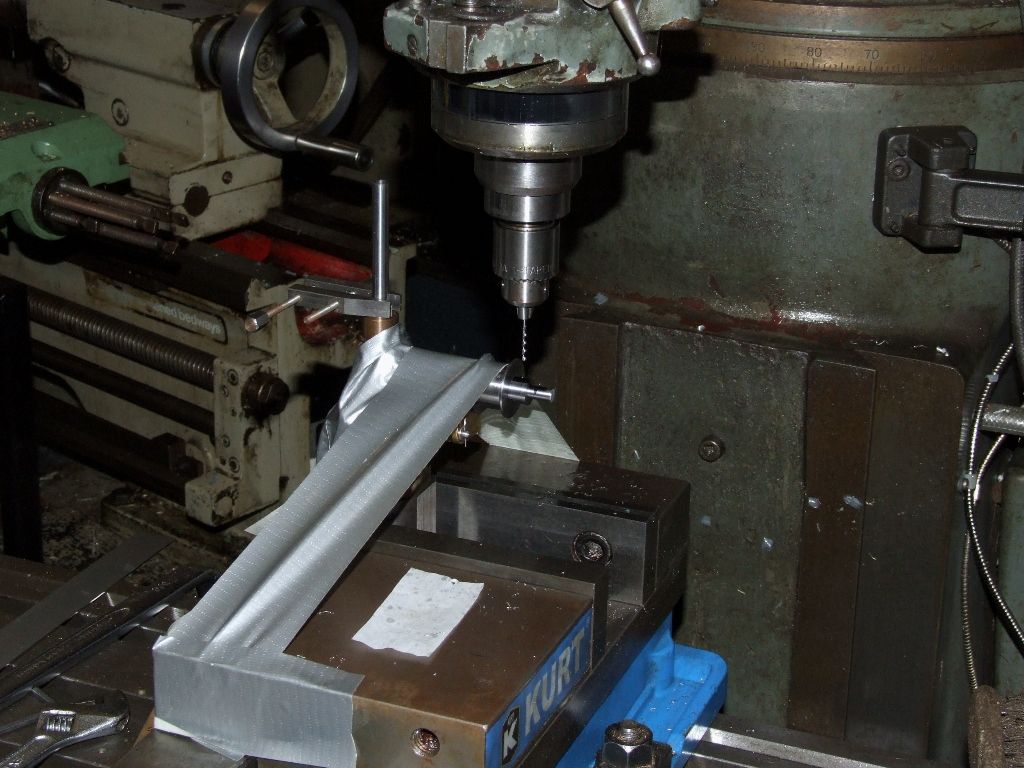First a few general points:
1. Forget the drill press
2. If the lathe is used the tailstock needs to be precisely aligned with the headstock, if the mill is used the head needs to be properly trammed. If either machine is mis-aligned all bets are off
3. Use quality drills
4. A reamer is used to give a good finish and accurate size, it will do nothing to straighten a wonky hole
5. Use proper material which is uniform, hard spots or inconsistent material will push even a quality tool off centre
Which machine is used depends to some extent on how easy the part is to hold. The mill is probably simpler and quicker. On the mill I'd use a 6mm spot drill to make a deep centre. Then drill through 5.8mm, no point in faffing around with smaller drills. They're less rigid and more likely to wander off. My standard metric drills are Dormer A002 four-facet ground drills. Then I'd ream 6mm, half the speed, twice the feed. I can't see why tiptoing around with drill feeds would have any effect on the propensity to wander. It's surprising just how hard you can push even quite small drills. At 5.8mm I'd be aiming for several thou per rev. In this recent exercise I drilled a 1.3mm hole through ½" (12.7mm) of steel, so about 10D:

Turning the pulley through 180° and the drill still went through. That means one, the hole is centred on the shaft (hooray for the DRO) and two the drill didn't wander.
Using the lathe opens up more options. In the simplest method I would use the same as the mill; spot drill, drill 5.8mm and ream 6mm. The next stage of paranoia would be to spot drill, drill 5.8mm with a stub drill, or even a carbide stub drill for extra rigidity. Then drill 5.8mm with a standard drill and ream. The ultimate method is to spot drill and then drill undersize with a stub drill for 10mm or so. Then bore to exactly 5.8mm, then drill the remainder of the hole 5.8mm and finally ream.
Of course for larger holes one would drill and bore. But a boring bar for a 44mm deep, 6mm diameter, hole would be one special (aka expensive) tool.
Alternatively Nick's idea of a three flute centre cutting slot drill works well. It has to be three flute though. In my experience two flute slot drills create a very accurate slot when milling, but are all over the place when using them as a 'drill'.
So accurately aligned machine tools and quality tooling, what could be simpler? 
Andrew
 Neil Wyatt.
Neil Wyatt.




